

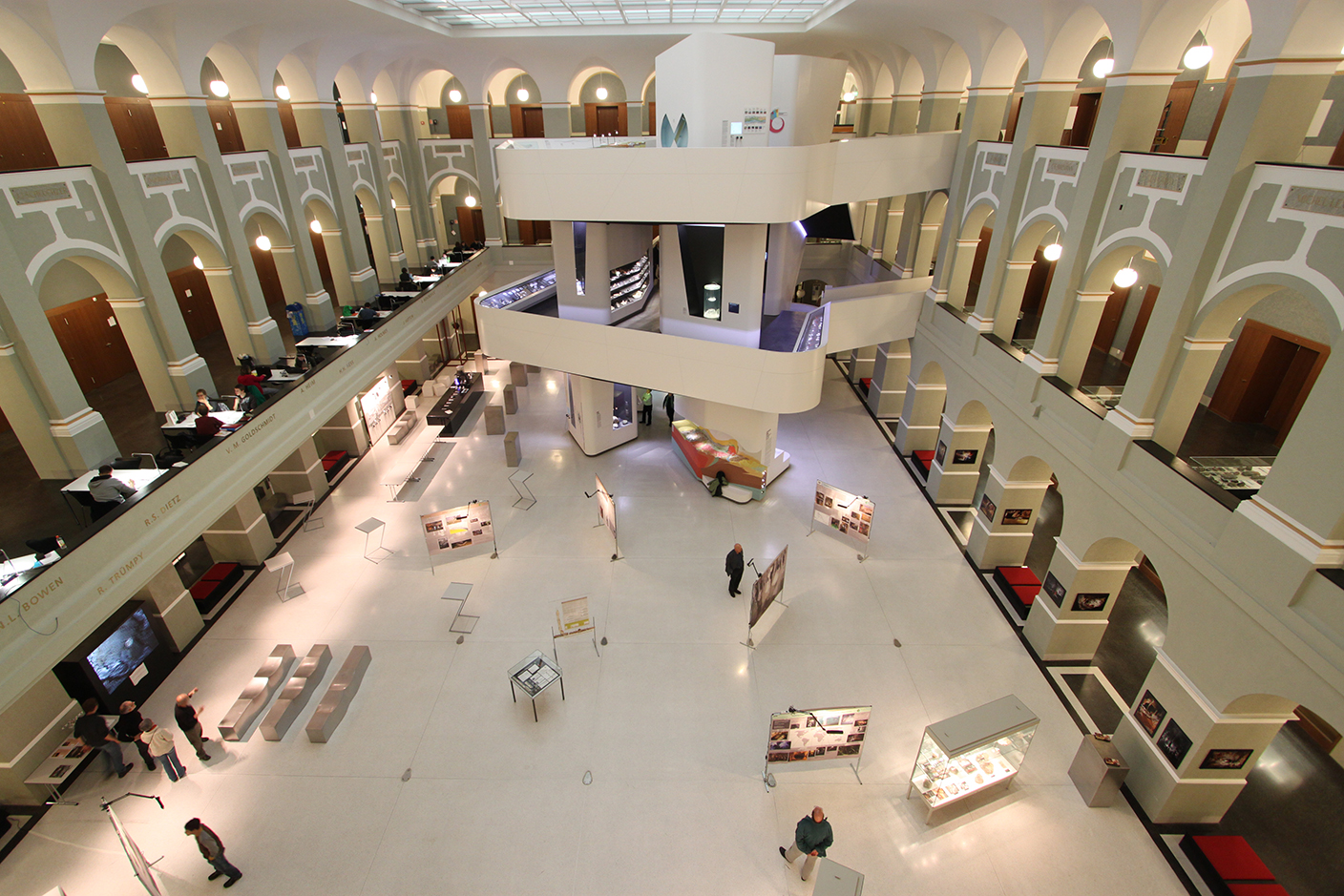
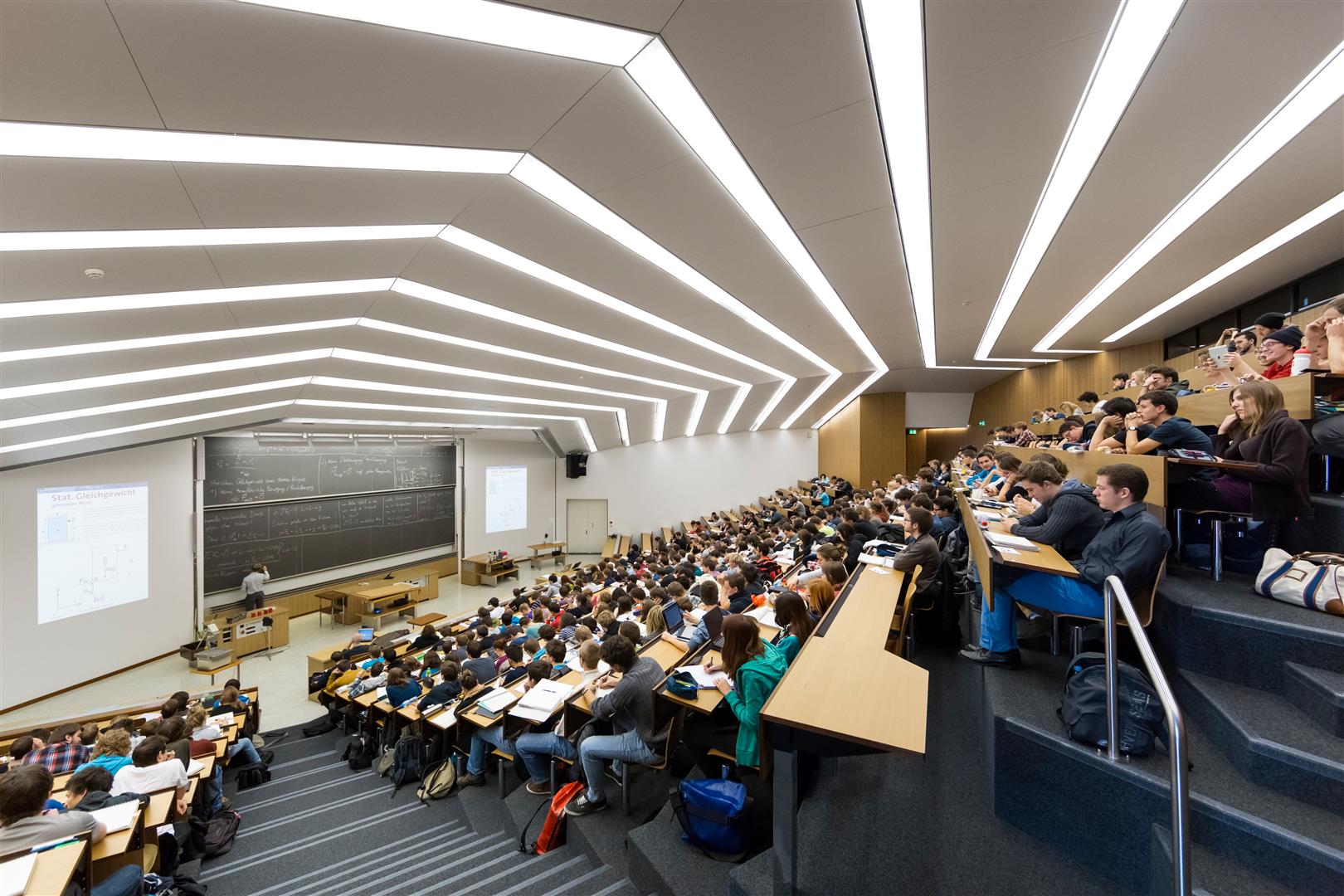
معرفی انستیتو تکنولوژی فدرال زوریخ
انستیتو تکنولوژی فدرال زوریخ (Eidgenössische Technische Hochschule Zürich)، یکی از دانشگاههای مهم کشور سوئیس است که مرکز آن در شهرزوریخ قرار گرفتهاست.شهر زوریخ همانند سایر شهرهای سوئیس دارای تنوع فرهنگی وزبانی است به همین علت دانشگاه زرویخ هم از این قاعده جدا نبوده و ضمن اینکه در رده های مختلف کارشناسی و کارشناسی ارشد و دکتری دوره های تحصیلی دارد . چون زبان اکثر مردم سوئیس المانی است دانشگاه زرویخ دوره های مختلف زبان المانی را در تمامی سطوح برگزار میکند.درحال حاضر بیش از 19000 دانشجو از80 کشور جهان در مقاطع مختلف مشغول تحصیل هستند.انستیتو تکنولوژی فدرال سوئیس از سال1854 میلادی تا به حال 21 دانشمند برنده ی جایزه ی نوبل را در دل خود جای داده است, بزرگانی همچون آلبرت انیشتین و ریچارد ارنست.
این انستیتو در سال 1854 میلادی پایه گذاری و در سال 1855 بعنوان انستیتو پلی تکنیک شروع بکار نمود. در سال 1911 با پذیرش رشته های مختلف دانشگاهی، تبدیل به دانشگاه گردید و به نام جدید تغیر عنوان داد.ساختمان مرکزی آن در قلب زوریخ در سال 1860 میلادی و پردیس Hönggerberg در سال 1964 ساخته شده است.این دانشگاه بخشی حیاتی از موسسه فدرال فناوری است که به طور مستقیم زیر نظر وزارت فدرال امور اقتصادی، آموزش و پژوهش است.شرایط ورود به این موسسه بسیار راحت است اما فارغ التحصیلی از آن مشکل است. این دانشگاه در دوره لیسانس هیچ آزمون خاصی ندارد و فارغ التحصیلان دبیرستان پس از قبولی در امتحانات می توانند در این دانشگاه ثبت نام کنند. اما دانشجویان خارجی باید در امتحان ورودی شرکت کنند هر چند دانشجویان برخی کشورهای اروپایی از این قاعده مستثنی هستند. پس از پایان سال اول دانشگاه،امتحانی کلی از دروسی که در این سال تدریس شده، گرفته می شود. اگر میانگین امتیاز دانشجو پایین باشد او سال اول تحصیل را دوباره پشت سر می گذارد. حدود ۵۰ درصد دانشجویان در این امتحان رد می شوند. بسیاری از آنها ترجیح می دهند دیگر در این امتحان شرکت نکنند. در سال های بعد نیز ساختار امتحانات آکادمیک مشابه همین امتحان است اما میزان موفقیت دانشجویان در آن بیشتر است. این درحالی است که دانشجویان این دانشگاه در مقایسه با موسسات آموزشی دیگر سوئیس برنامه فشرده تری دارند به طوریکه برنامه درسی آنها دوبرابر سایرین است. عملکرد تحقیقاتی قدرتمند این موسسه باعث جذب بهترین کارمندان و استادان شده است.
انستیتو تکنولوژی فدرال زوریخ دریک نگاه
|
نام های دیگر : Swiss Federal Institute of Technology in Zurich, German: Polytechnikum (colloquially) نوع دانشگاه : عمومی سال تاسیس : 1855 دارایی : 1.7 میلیارد فرانک زبان : German, English |
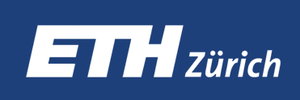 |
|
تعداد اعضای هیات علمی : 7,798 تعداد کارکنان اداری : 1,227 تعداد دانشجویان : 19,233 تعداد دانشجویان کارشناسی : 8,704 تعداد دانشجویان کارشناسی ارشد : 5,447 تعداد دانشجویان دکترا : 4,026 |
موسسات وابسته : CESAER, EUA, GlobalTech, IARU, IDEA League وبسایت : www.ethz.ch |
رتبه بندی
| نظام رتبه بندی | رتبه |
| ARWU | 19 |
| Times | 9 |
| QS | 8 |
دانشکده ها
| دانشکده هنر | دانشکده مدیریت و اقتصاد | دانشکده علوم پزشکی | دانشکده دامپزشکی |
| دانشکده علوم کاربردی | دانشکده الهیات | دانشکده فلسفه | دانشکده حقوق |
مدارک مورد نیاز برای اخذ پذیرش
برای مشاهده مدارک و نیازمندی های موردنیاز هر رشته و برنامه بر روی لینک مربوطه کلیک نمایید.
| همچنین میتوانید با دانلود این لینک از شرایط و مدارک خاص ایرانیان مطلع گردید. |
| برای اطلاعات تکمیلی این لینک را مشاهده نمایید. |
نمرات آزمون های زبان
| Required minimum C2 | Required minimum C1 | Level |
| 8.0 | 7.0 | IELTS Academic |
| 110 | 100 | TOEFL Internet-based |
زبان آلمانی
|
Goethe-Zertifikat C1 with a grade of at least "gut" Goethe-Zertifikat C2 (all exam sections must be passed), or ZOP, KDS, GDS TestDaF ab Niveau 4 in allen Teilprüfungen Osterreichisches Sprachdiplom C1 Oberstufe Deutsch with a grade of at least "gut bestanden" |
ددلاین
| Spring 2019 | Autumn 2018 | Autumn 2018 | Entry semester |
| Spring | Bologna autumn | International autumn | Application period |
| 1 March - 31 March 2018 | 1 March - 31 March 2018 | 1 November - 15 December 2017 | Online application |
| 3 April 2018 | 3 April 2018 | 19 December 2017 | Application documents (sent by post) must arrive at the Admissions Office by |
| 10 June 2018 | 10 June 2018 | 15 March 2018 | Admission decisionexpected by |
مشاهیرانستیتو تکنولوژی فدرال زوریخ
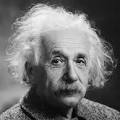 |
_46.jpg?1499624496273) |
_48.jpg?1499624548454) |
_44.jpg?1499624603066) |
_49.jpg?1499624654866) |
| Albert Einstein was a German-born theoretical physicist. Einstein developed the theory of relativity, one of the two pillars of modern physics. Einstein's work is also known for its influence on the philosophy of science. | Lino Guzzella, born in 1957, is a binational professor at the Swiss Federal Institute of Technology in Zurich, Switzerland. He has been a full Professor of Thermotronics in the Department of Mechanical and Process Engineering since 1999. | Wilhelm Conrad Röntgen was a German mechanical engineer and physicist, who, on 8 November 1895, produced and detected electromagnetic radiation in a wavelength range known as X-rays or Röntgen rays | Karl Alexander Müller is a Swiss physicist and Nobel laureate. He received the Nobel Prize in Physics in 1987 with Georg Bednorz for their work in superconductivity in ceramic materials. | Richard Robert Ernst is a Swiss physical chemist and Nobel Laureate. Born in Winterthur, Switzerland, Ernst was awarded the Nobel Prize in Chemistry in 1991 for his contributions towards the development |
_45.jpg?1499624705570) |
_45.jpg?1499624755917) |
_42.jpg?1499624816948) |
_43.jpg?1499624896532) |
_34.jpg?1499624966820) |
| Werner Arber is a Swiss microbiologist and geneticist. Along with American researchers Hamilton Smith and Daniel Nathans, Werner Arber shared the 1978 Nobel Prize in Physiology or Medicine for the discovery of restriction endonucleases. | Alfred Werner was a Swiss chemist who was a student at ETH Zurich and a professor at the University of Zurich. He won the Nobel Prize in Chemistry in 1913 for proposing the octahedral configuration of transition metal complexes. | Fritz Haber was a German chemist who received the Nobel Prize in Chemistry in 1918 for his invention of the Haber–Bosch process, a method used in industry to synthesize ammonia from nitrogen gas and hydrogen gas. | Heinrich Rohrer was a Swiss physicist who shared half of the 1986 Nobel Prize in Physics with Gerd Binnig for the design of the scanning tunneling microscope. The other half of the Prize was awarded to Ernst Ruska. | Felix Bloch was a Swiss physicist, working mainly in the U.S. He and Edward Mills Purcell were awarded the 1952 Nobel Prize for Physics for "their development of new ways and methods for nuclear magnetic precision measurements. |
_15.jpg?1499625051858) |
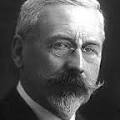 |
_16.jpg?1499625181040) |
_17.jpg?1499625249688) |
_11.jpg?1499625340663) |
| Johannes Georg Bednorz is a German physicist who, together with K. Alex Müller, discovered high-temperature superconductivity in ceramics, for which they shared the 1987 Nobel Prize in Physics. | Charles Édouard Guillaume was a Swiss physicist who received the Nobel Prize in Physics in 1920 in recognition of the service he had rendered to precision measurements in physics by his discovery of anomalies in nickel steel alloys. | John von Neumann was a Hungarian-American mathematician, physicist, inventor, computer scientist, and polymath. He made major contributions to a number of fields, including mathematics, physics, economics, computing, and statistics. | Konrad Osterwalder is a Swiss mathematician and physicist, former Undersecretary-General of the United Nations, former Rector of the United Nations University, and Rector Emeritus of the Swiss Federal Institute of Technology Zurich. | Corine Mauch is a Swiss Social Democrat politician who serves as mayor of Zurich. She is the first female and first openly gay person to be elected mayor of the city. |